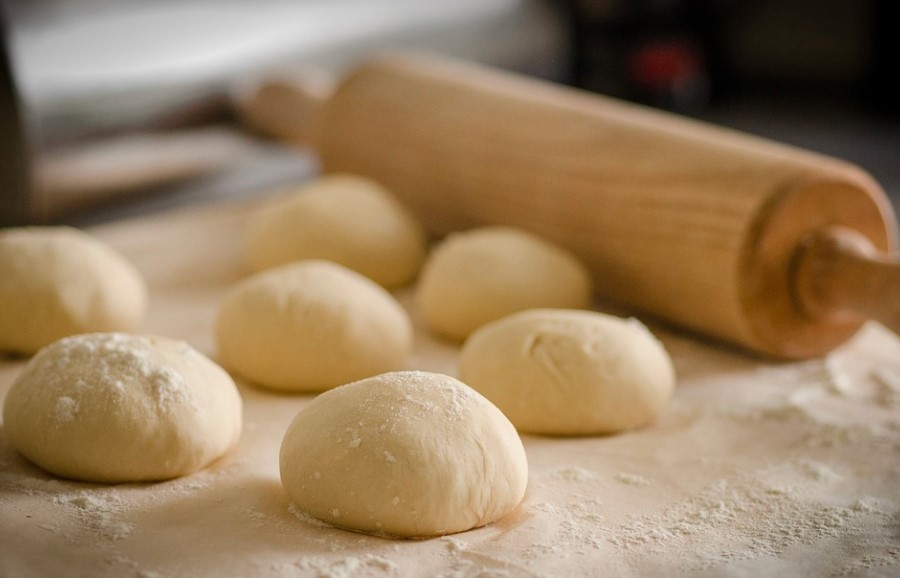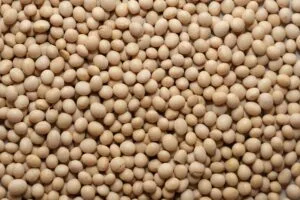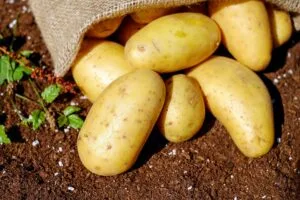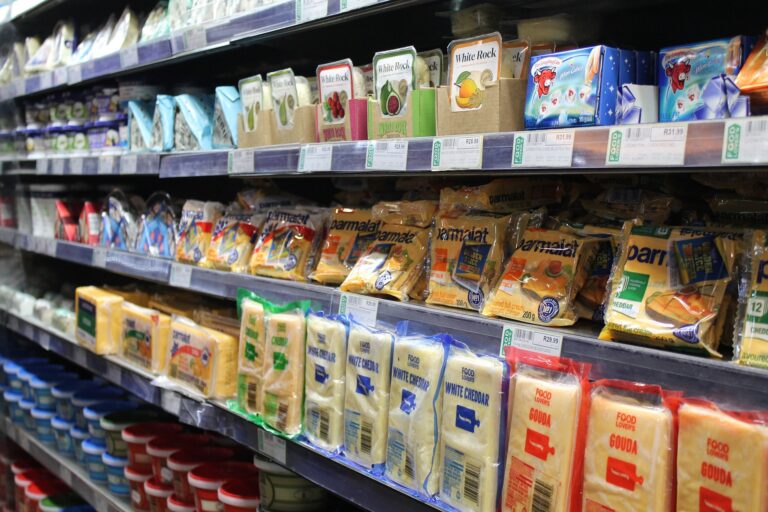Dough Quality Analysis
Several tests evaluate dough and gluten strength properties. The farinograph and mixograph tests measure the resistance of dough to mixing. The extensigraph test measures the resistance of dough to stretching. The alveograph test measures the resistance of a bubble of dough to expansion. Dough Quality Analysis plays vital role in ensuring overall quality of the dough.
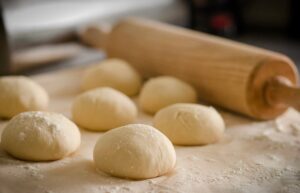
As Dough is a thick, malleable, sometimes elastic paste made from grains or from leguminous or chestnut crops. Dough is typically made by mixing flour with a small amount of water or other liquid and sometimes includes yeast or other leavening agents, as well as ingredients such as fats or flavorings. The following few physical tests for evaluation:
- : The Dough Is Smooth. Before you knead bread dough, it can look a little sticky and rough. Kneading helps smooth the dough out. Your dough should be ready when has a nice, smooth texture.
- Elasticity: The Alveograph test consists of producing a test piece of dough, which, under air pressure, turns into a bubble. This process reproduces the deformation of the dough when subject to carbon dioxide during fermentation. The Alveograph test measures the visco-elastic properties of a bubble of dough as it is inflated.
- Extensibility: Dough extensibility is the strength in the dough and a contributor to the consistency and quality of a final baked good. … However, if one of these attributes is stronger than the other, the dough will not form properly in the fermenting, proofing or baking step as the dough expands and retracts.
Extensibility is directly measured using the Alveolab. During the deformation of the ball, it stretches to where it reaches its breaking point. This corresponds to the “L” or “G” value on the Alveograph.
- Strength: The area under the curve and then multiplying it by another factor (6.54) affords the value of “W”. “W” is proportional to the baking strength of the dough. Values of “W” range from 45 for very soft flours to 400 for very strong, hard red wheat flours.
Dough strength depends both on the amount of protein in the flour, and on the quality of the protein. The maximum force reached as the dough stretches is known as the maximum resistance (Rmax), and for bread-making flours, should be greater than 300 Brabender units (BU)
- Tenacity:: Among the various adjectives that are used to describe dough, we find the notion of tenacity. For a baker, the “tenacity” of dough is its capacity to “resist” deformation. We will also discuss “consistency” to illustrate the fact that dough will be more or less hard or soft.

